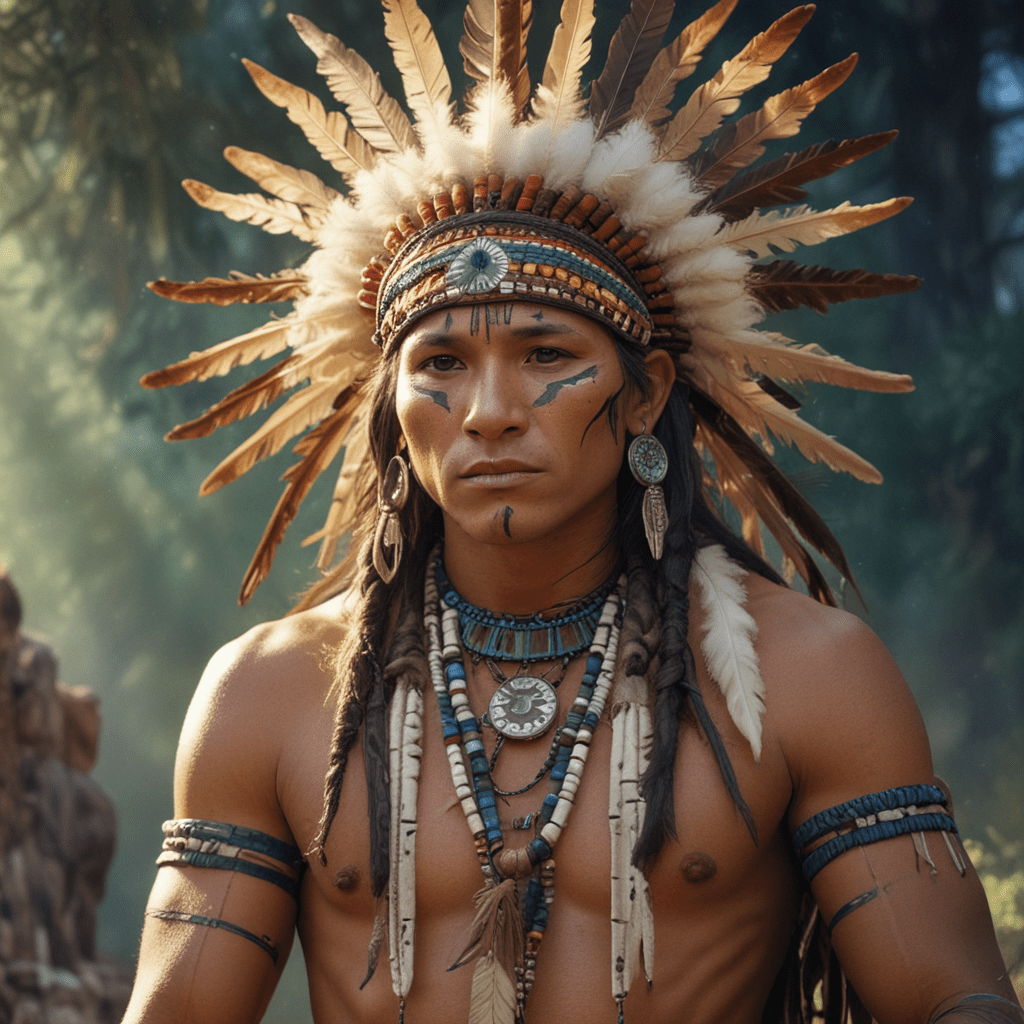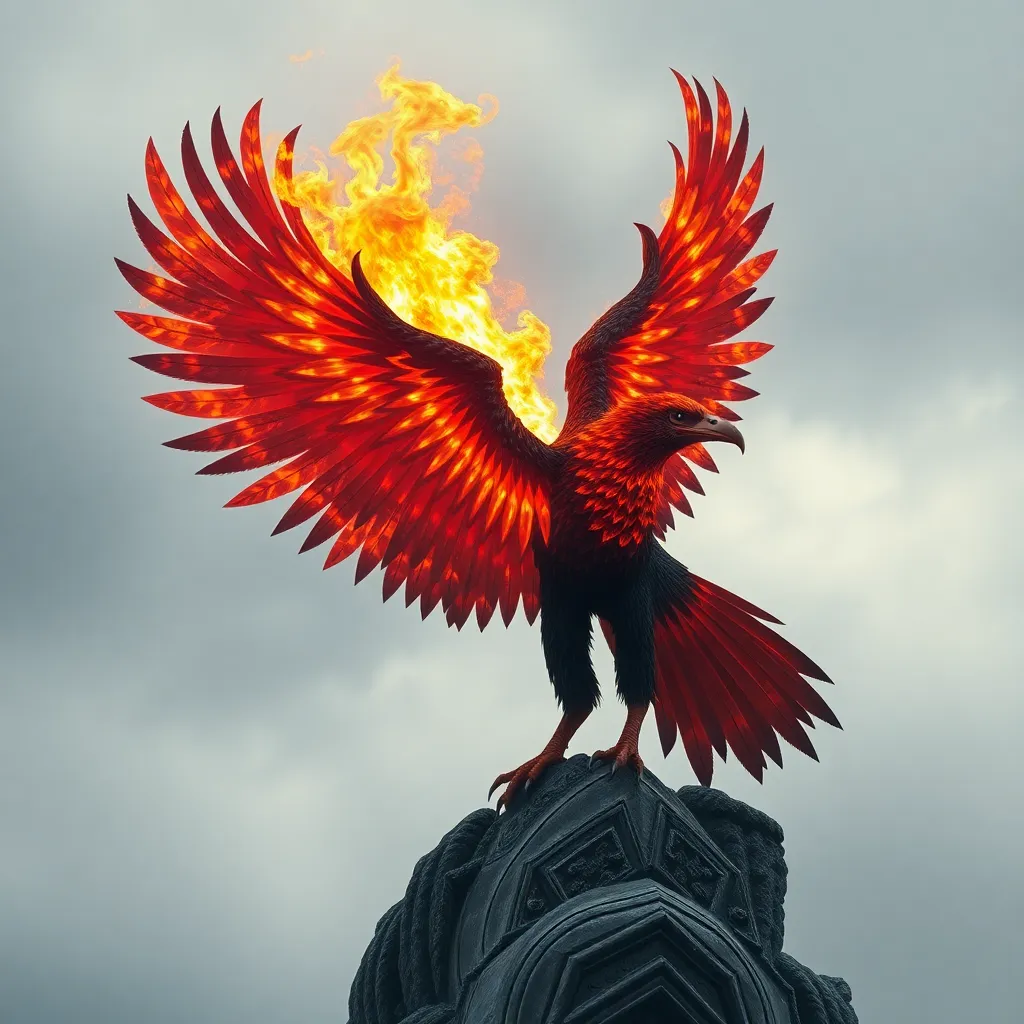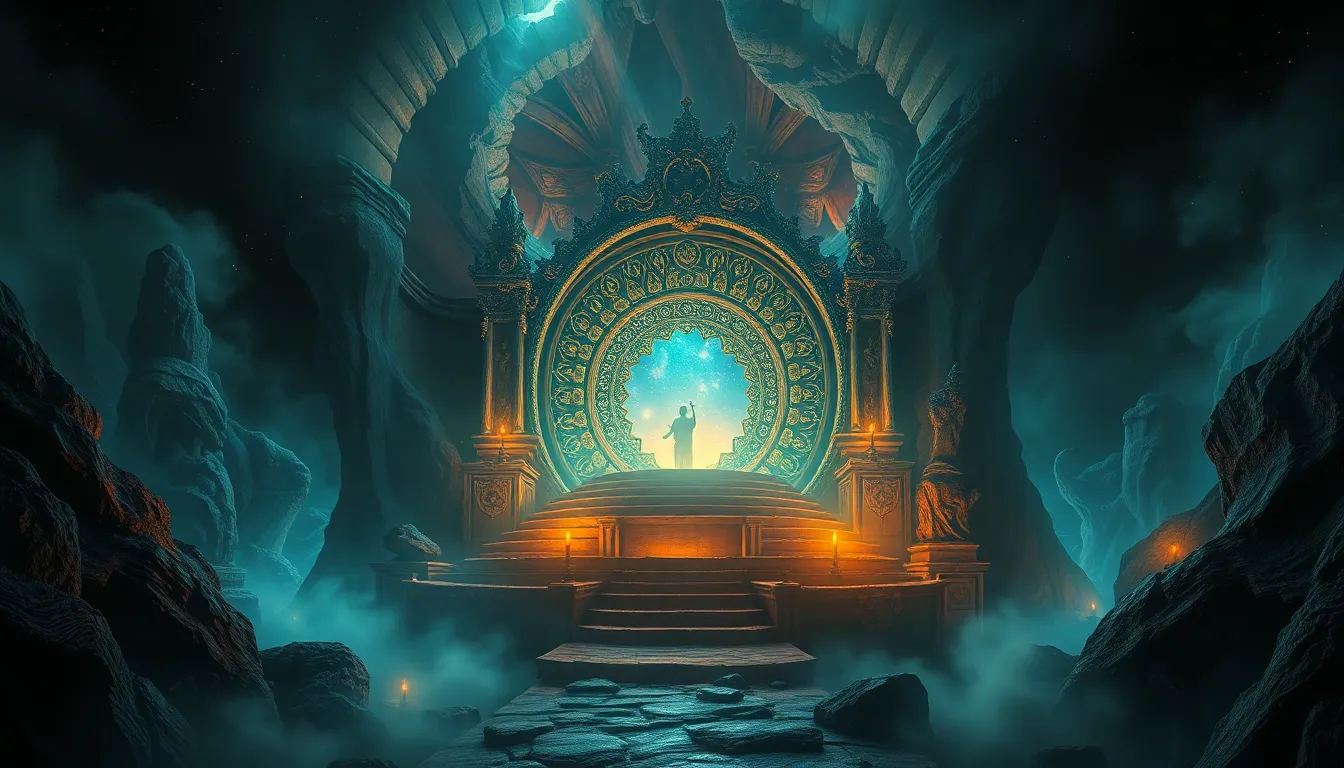The Myth of Mixcoatl: A Warrior God of the Aztecs
Mixcoatl, a prominent deity in Aztec mythology, was a complex and multifaceted god known for his association with war, hunting, and the night sky. He embodied the ferocity and bravery of a warrior while also embodying the skills and cunning of a hunter. His name, "Mixcoatl," translates to "Cloud Serpent" or "Coat of Clouds," hinting at his celestial and transformative nature.
Mixcoatl’s Dual Nature: Hunter and Warrior
Mixcoatl's dual nature as both a hunter and a warrior reflected the importance of these activities in Aztec society. He was seen as a skilled hunter, capable of bringing down even the most elusive prey. He was also a powerful warrior, leading armies to victory and protecting his people from enemies. This dual nature made him a revered figure among both warriors and hunters.
His association with hunting is likely connected to his role as a bringer of rain. The Aztecs believed that rain was essential for a successful harvest, and Mixcoatl's ability to control the weather and bring rain was seen as a gift to his people. He symbolized the power and bounty of nature, bringing life and prosperity.
His warrior spirit was reflected in his role as the protector of warriors, overseeing their battles and guiding them to victory. He was considered a formidable force, able to defend his people from any threat. Mixcoatl was also associated with the concept of "teotl," which can be interpreted as "god," "divine," or "holy." He was a powerful and respected deity, embodying the essence of both the earth and the heavens.
Mixcoatl’s Family Tree: Connecting to the Divine
Mixcoatl's family tree is intertwined with other prominent Aztec deities, showcasing his crucial role in Aztec cosmology. He is often depicted as the father of several important figures in Aztec mythology, including:
- Huitzilopochtli: The Sun God and patron deity of the Aztecs, known for his fierce warrior spirit.
- Xolotl: The god of fire, lightning, and twilight, often associated with death and transformation.
- Cipactli: A primordial monster, representing the chaos that existed before the creation of the world.
Mixcoatl's connection to these powerful figures underscores his importance in Aztec mythology. They highlight his influence on the creation of the world and the establishment of the Aztec culture.
Mixcoatl’s Association with the Night Sky
Mixcoatl's association with the night sky is reflected in his name, "Cloud Serpent," and his connection to stars and constellations. He was often depicted as a celestial serpent, representing the movement of the stars across the sky. His connection to the Milky Way is particularly significant, with some interpretations suggesting he is responsible for guiding souls to the afterlife.
His celestial nature links him to other celestial deities, such as Tonatiuh, the Sun God, and Quetzalcoatl, the Feathered Serpent, who navigates the heavens. These connections reveal a broader understanding of the universe and its cyclical nature within Aztec cosmology.
Mixcoatl’s Role in Aztec Warfare
Mixcoatl's role in Aztec warfare was significant. He was considered the patron deity of warriors and was invoked for success in battle. His image was often painted on shields and banners, inspiring bravery and ferocity among the Aztec warriors.
His role as a warrior god can be seen in his connection to obsidian, a sharp volcanic glass often used to create weapons. Obsidian was a symbol of war and sacrifice, mirroring Mixcoatl's fierce and uncompromising nature. His presence was invoked during war rituals, seeking his favor and protection during battles. His role as a god of war made him a key figure in Aztec military campaigns.
Mixcoatl and the Creation Myth
Mixcoatl's influence extends beyond warfare and hunting, reaching into the very fabric of Aztec creation mythology. In one version, Mixcoatl, along with his wife, the Earth Goddess Coatlicue, witnessed the birth of Huitzilopochtli, the Sun God. This event marked the beginning of a new era and led to a fierce battle between Huitzilopochtli and his siblings, signifying the struggle between order and chaos. This narrative highlights Mixcoatl's role as a witness and participant in the creation of the world.
Mixcoatl's presence in the creation myth further underscores his significance within the Aztec pantheon. His association with the creation of the world and the establishment of order connects him to broader themes of power, creation, and the origins of the cosmos.
Theories on Mixcoatl’s Origins
Scholars have proposed several theories about Mixcoatl's origins. Some believe that Mixcoatl was originally a local deity, adopted by the Aztecs after their arrival in central Mexico. Others suggest he was a more widespread figure, representing the warrior-hunter archetype found in many Mesoamerican cultures. Ultimately, the precise origins of Mixcoatl remain a topic of debate and scholarly inquiry.
However, it is clear that Mixcoatl's presence in Aztec mythology reflects the complexities of Aztec society and the blending of different cultural influences.
Mixcoatl in Aztec Art and Iconography
Mixcoatl’s image is often featured in Aztec art and iconography, providing clues about his nature and attributes. He is frequently depicted as a celestial serpent, adorned with feathers, clouds, and stars. His connection to hunting is reflected in his portrayal alongside deer, rabbits, and other prey animals. His warrior nature is shown through his association with weapons, shields, and battle imagery.
These visual representations offer insights into how the Aztecs perceived Mixcoatl, showcasing his warrior spirit, his connection to the night sky, and his role as a protector and provider.
Mixcoatl’s Symbolism and Rituals
Mixcoatl's symbolism extended beyond his visual representations. He was associated with both the earth and the heavens, embodying the duality of nature and the power of both the natural world and the divine. His connection to the night sky, particularly the Milky Way, symbolized the cyclical nature of life, death, and rebirth.
His significance is further revealed in the rituals dedicated to him. These ceremonies involved offerings of food, incense, and sacrifices, seeking his favor and protection. Mixcoatl’s presence was invoked in ceremonies related to hunting, warfare, and the quest for rain, highlighting his wide range of influence over the natural world and human affairs.
The Enduring Legacy of Mixcoatl
Although the Aztec civilization fell centuries ago, the memory of Mixcoatl continues to resonate through his presence in art, literature, and popular culture. His story embodies the complexities of the Aztec world, showcasing their understanding of nature, warfare, and the divine. As a warrior, hunter, and celestial deity, Mixcoatl remains a captivating figure, reminding us of the rich tapestry of ancient beliefs and myths that continue to fascinate and inspire.
FAQ
Q: Who was Mixcoatl?
A: Mixcoatl was an important Aztec deity associated with warfare, hunting, and the night sky. His name translates to “Cloud Serpent,” reflecting his celestial nature and association with the stars.
Q: What were Mixcoatl’s roles?
A: Mixcoatl was a powerful and multifaceted deity. He was the protector of warriors, guiding them to victory in battle. He was also a skilled hunter, bringing down even the most elusive prey. He was additionally connected to the night sky, symbolizing the movement of the stars and the cycles of life and death.
Q: What symbols were associated with Mixcoatl?
A: Mixcoatl was frequently depicted as a celestial serpent, adorned with feathers, clouds, and stars. He was also associated with obsidian, a sharp volcanic glass, symbolizing his warrior spirit and the power of sacrifice.
Q: How did Mixcoatl’s presence impact Aztec society?
A: Mixcoatl’s influence was felt in many aspects of Aztec life. He was invoked for success in battle, a prosperous harvest, and protection against enemies. His presence is reflected in Aztec art, rituals, and even their creation myth.
Q: Why is Mixcoatl still relevant today?
A: Mixcoatl’s story continues to hold our attention as a testament to the rich mythology and complex beliefs of the ancient Aztecs. He symbolizes the power of nature, the strength of warriors, and the mysteries of the night sky. His story continues to inspire and fascinate us, reminding us of the enduring power of mythology.



